
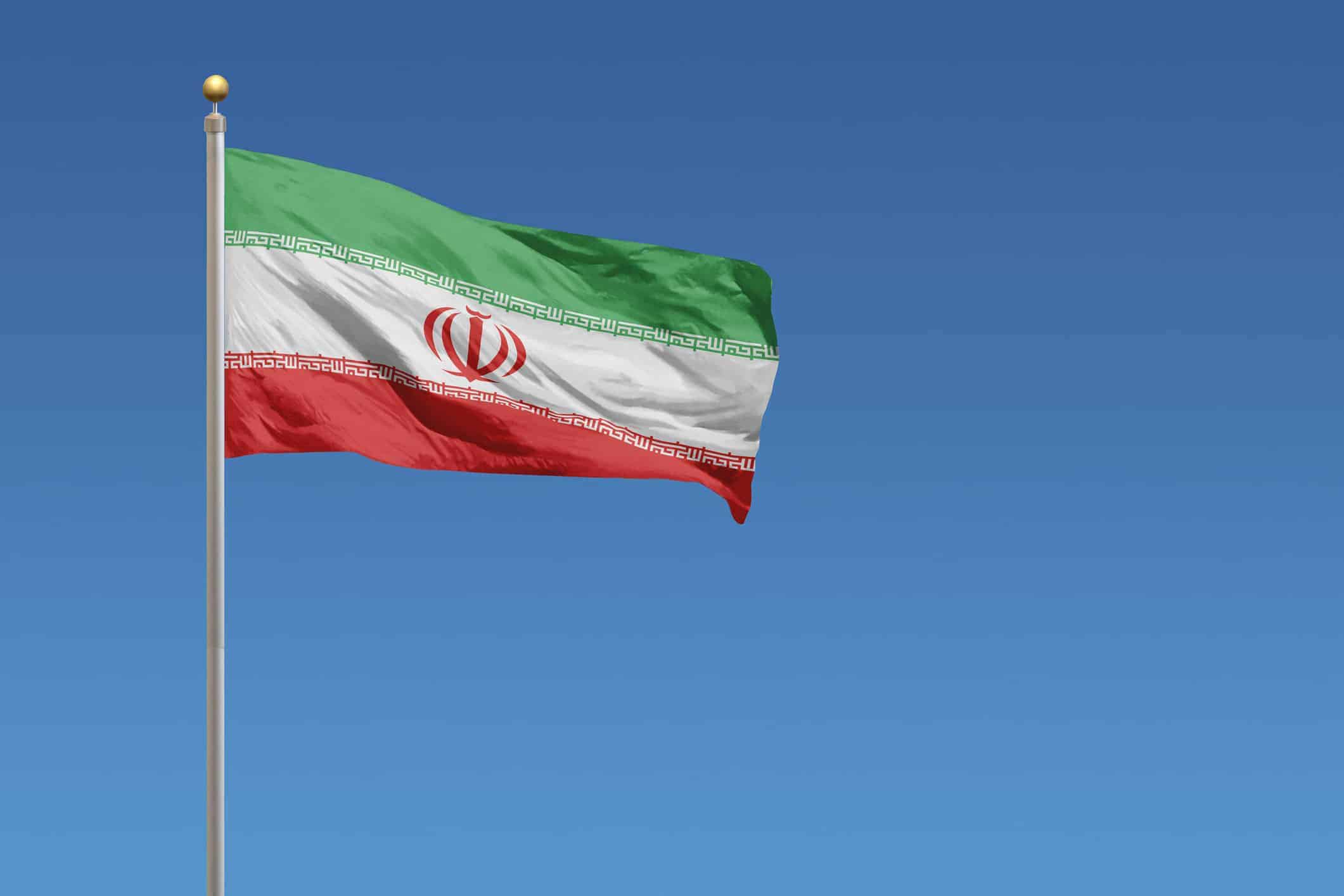
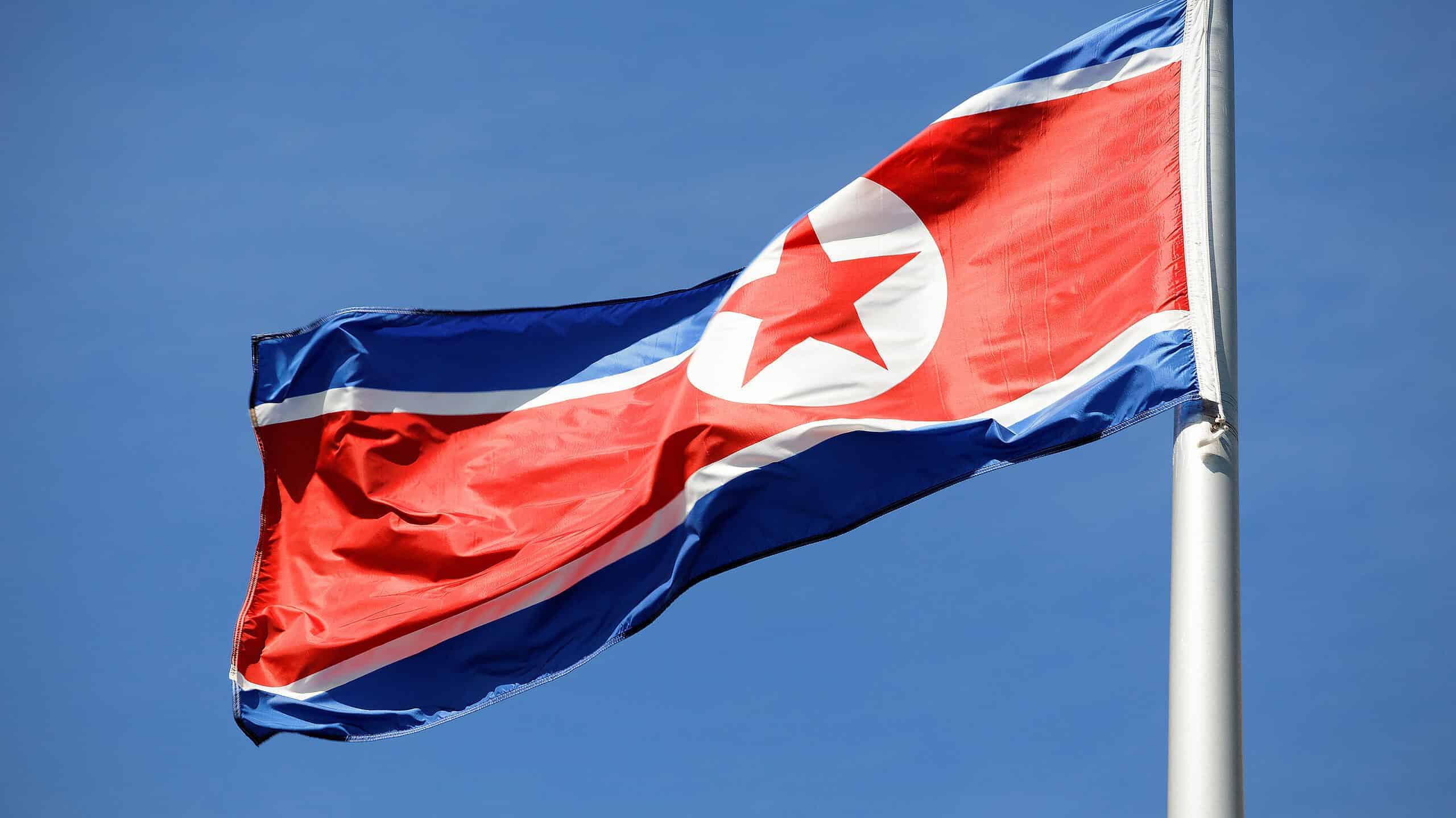

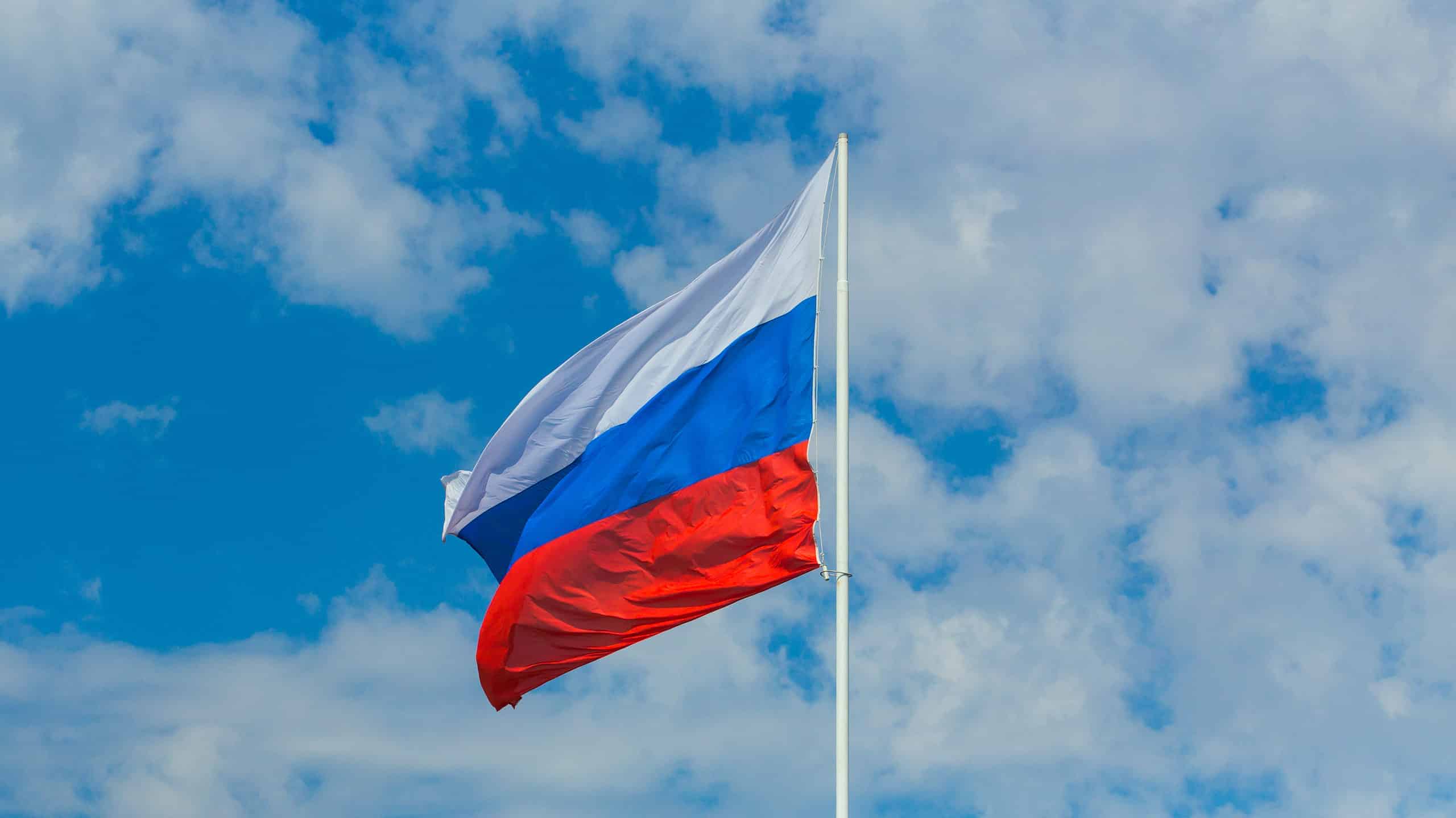
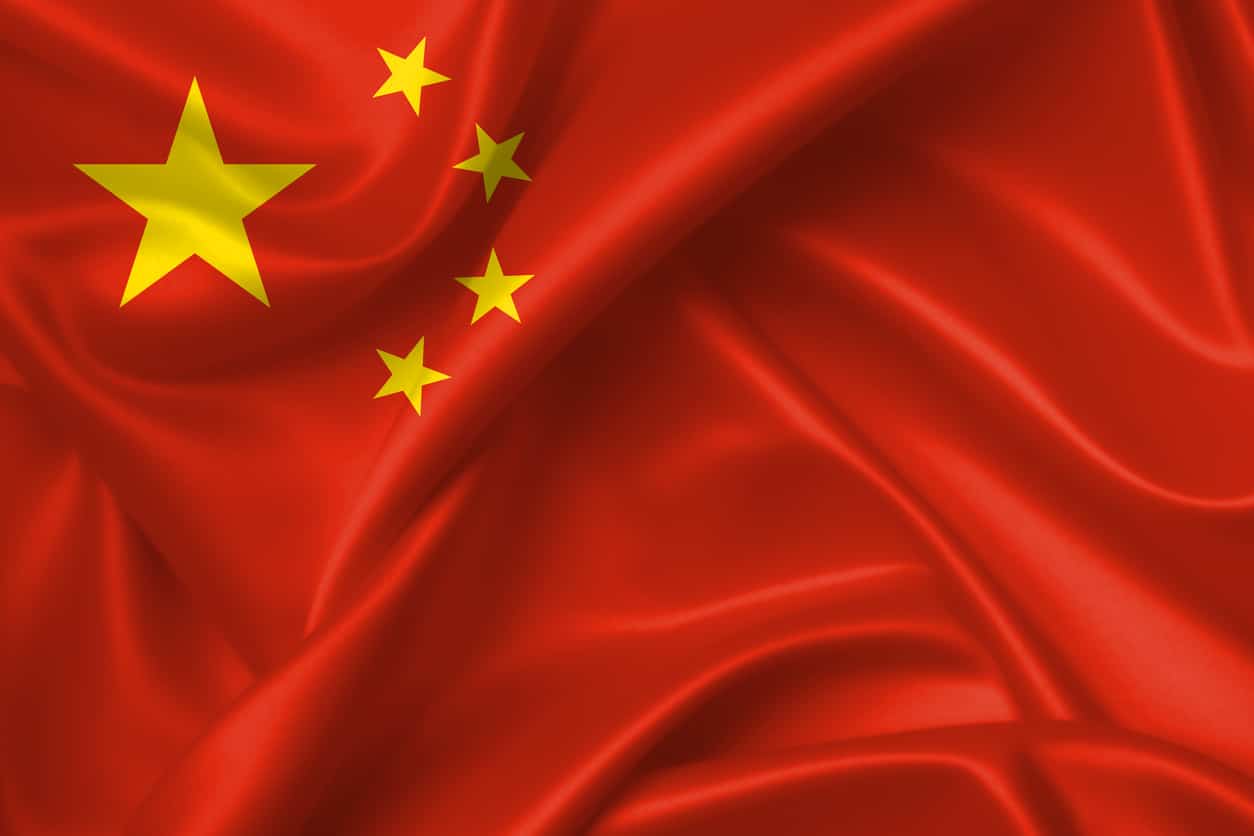
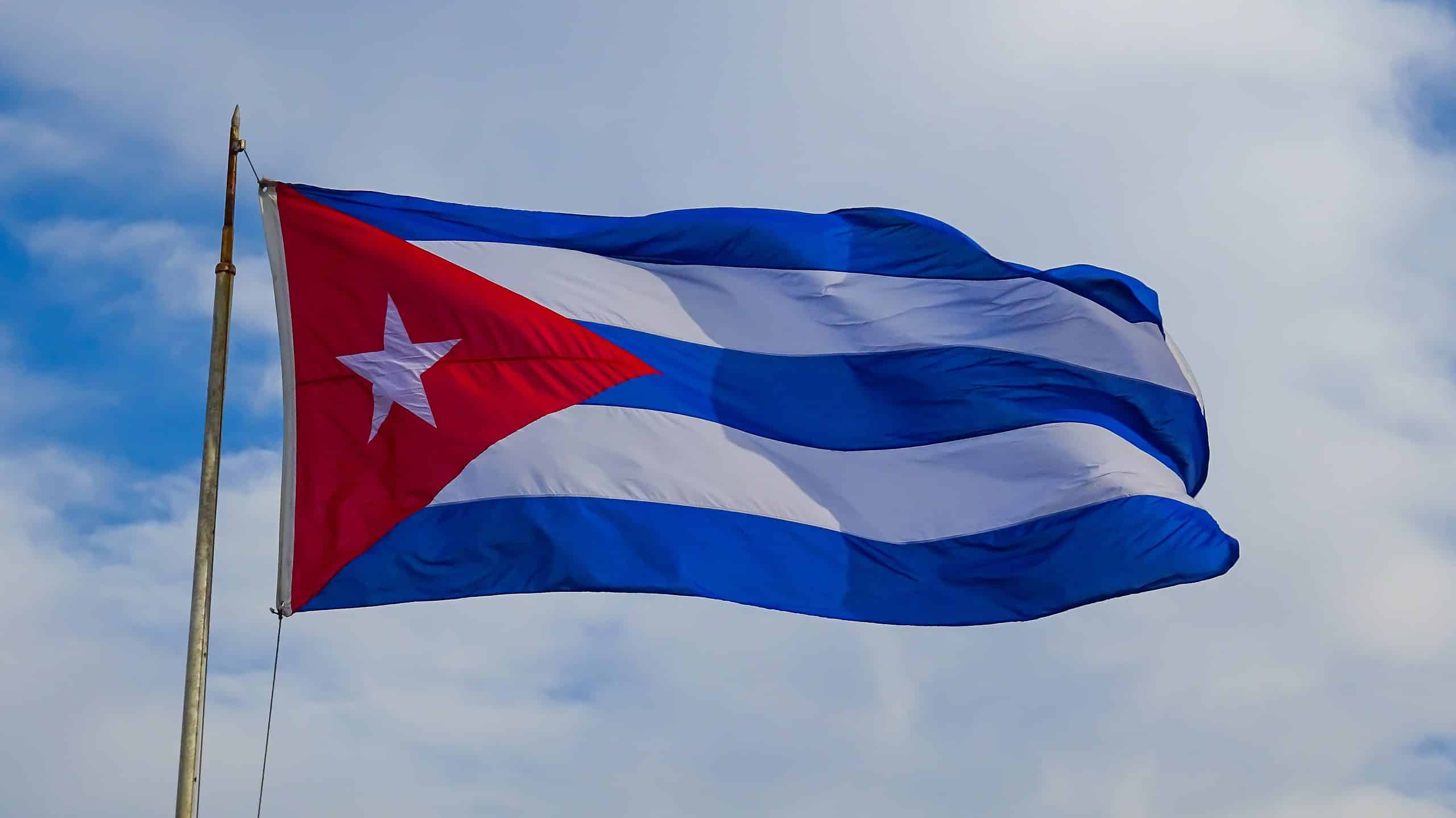
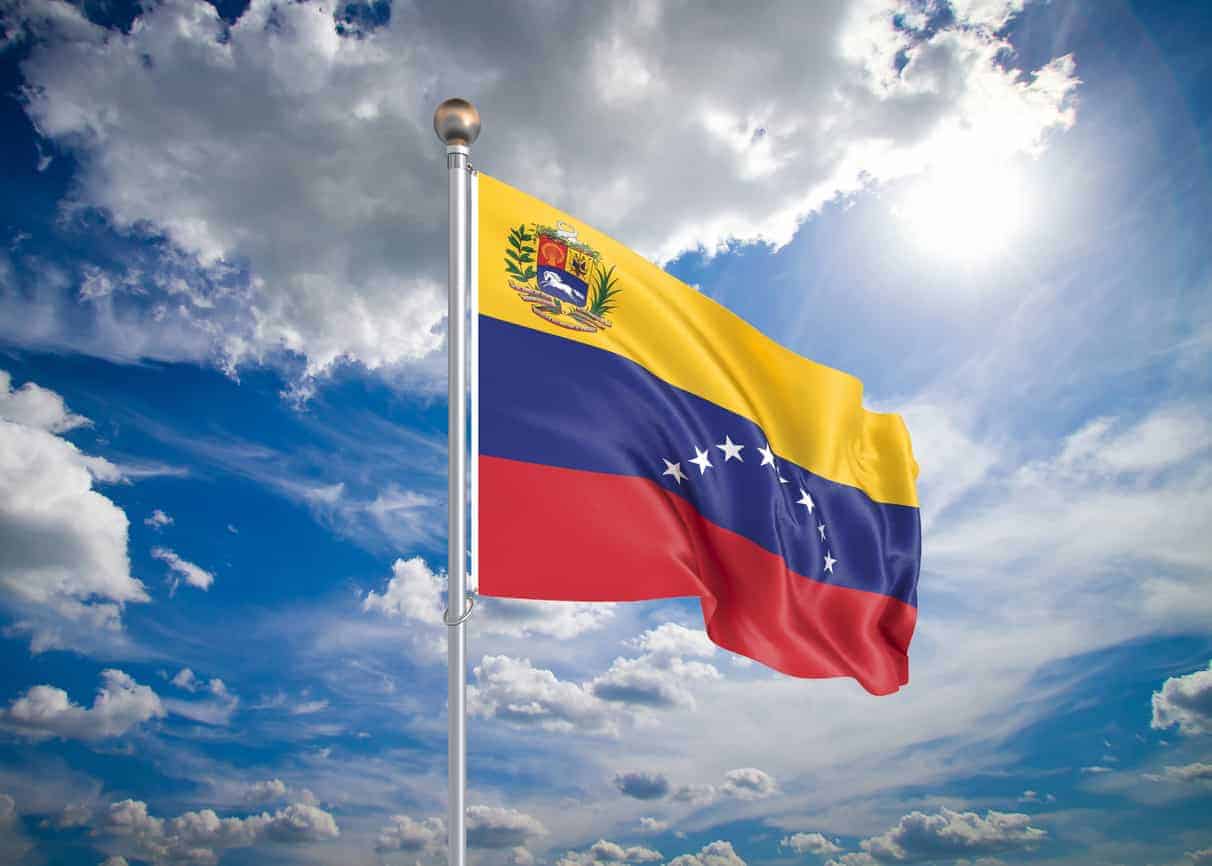
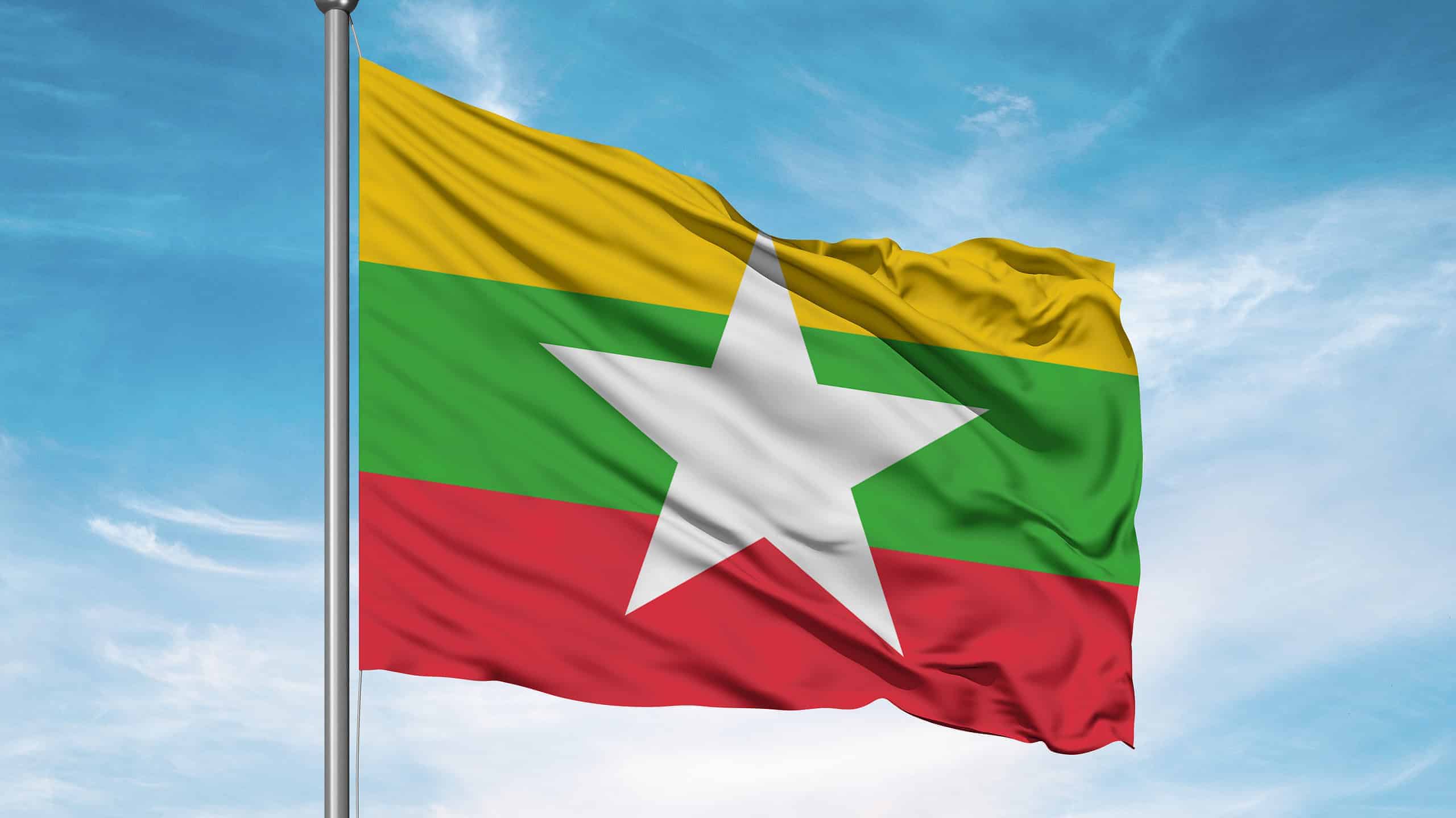
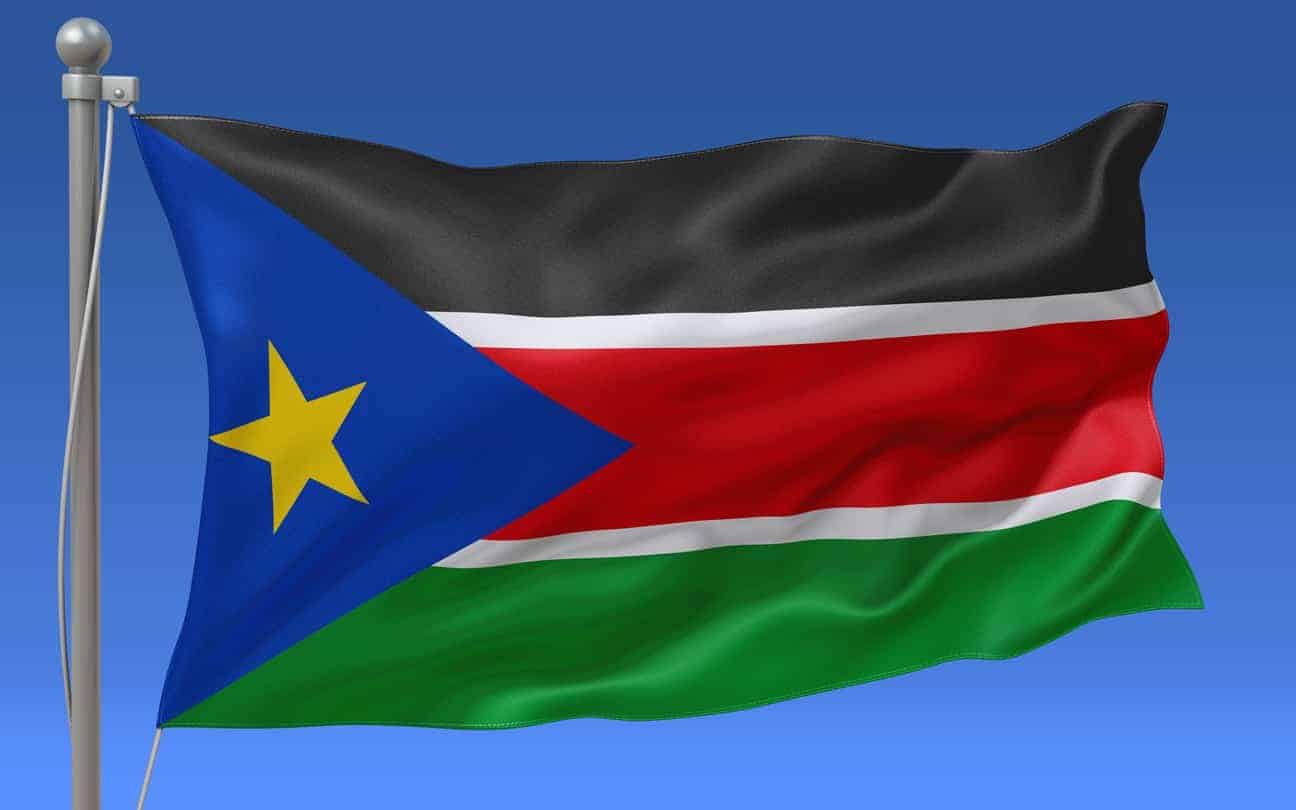
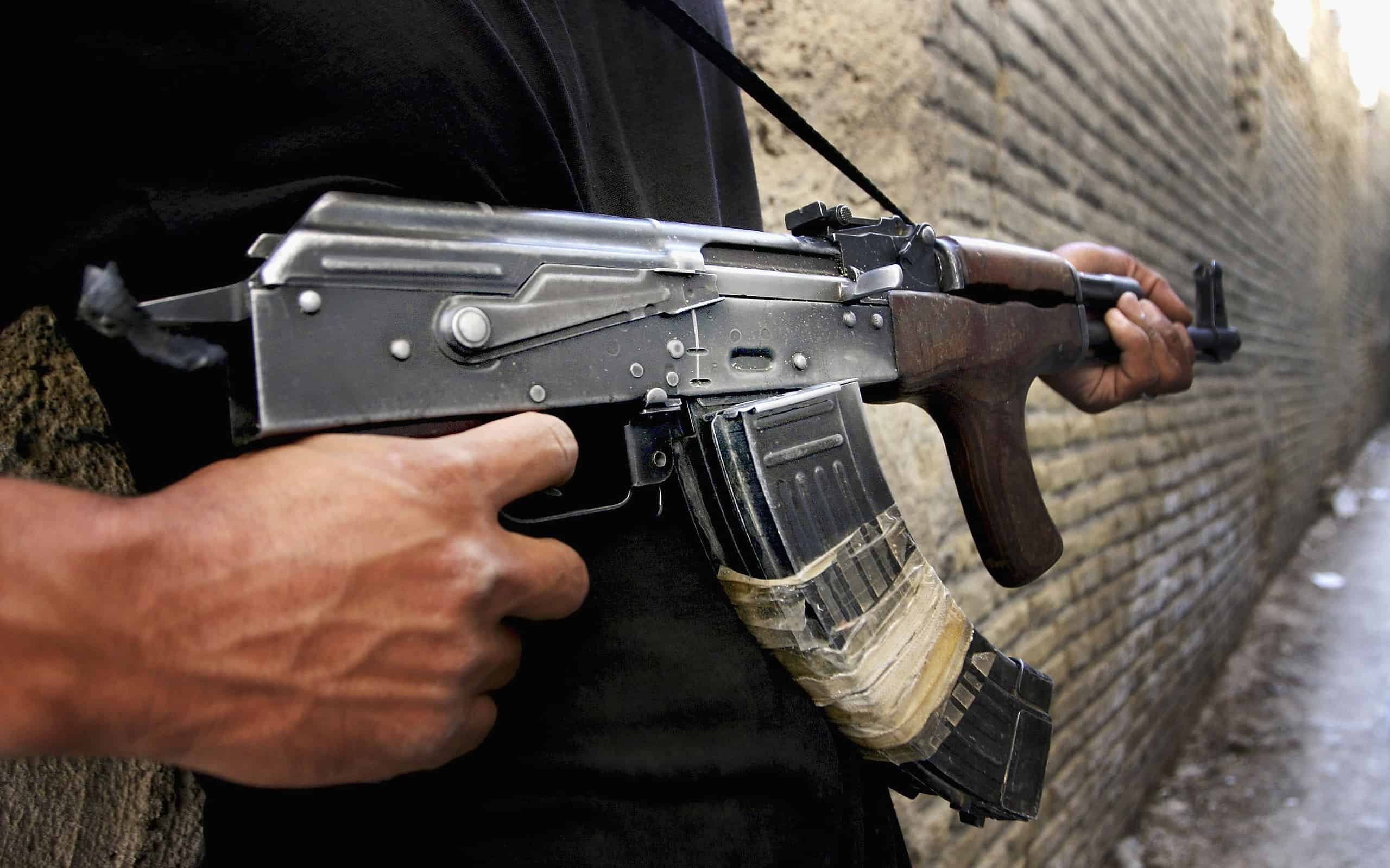
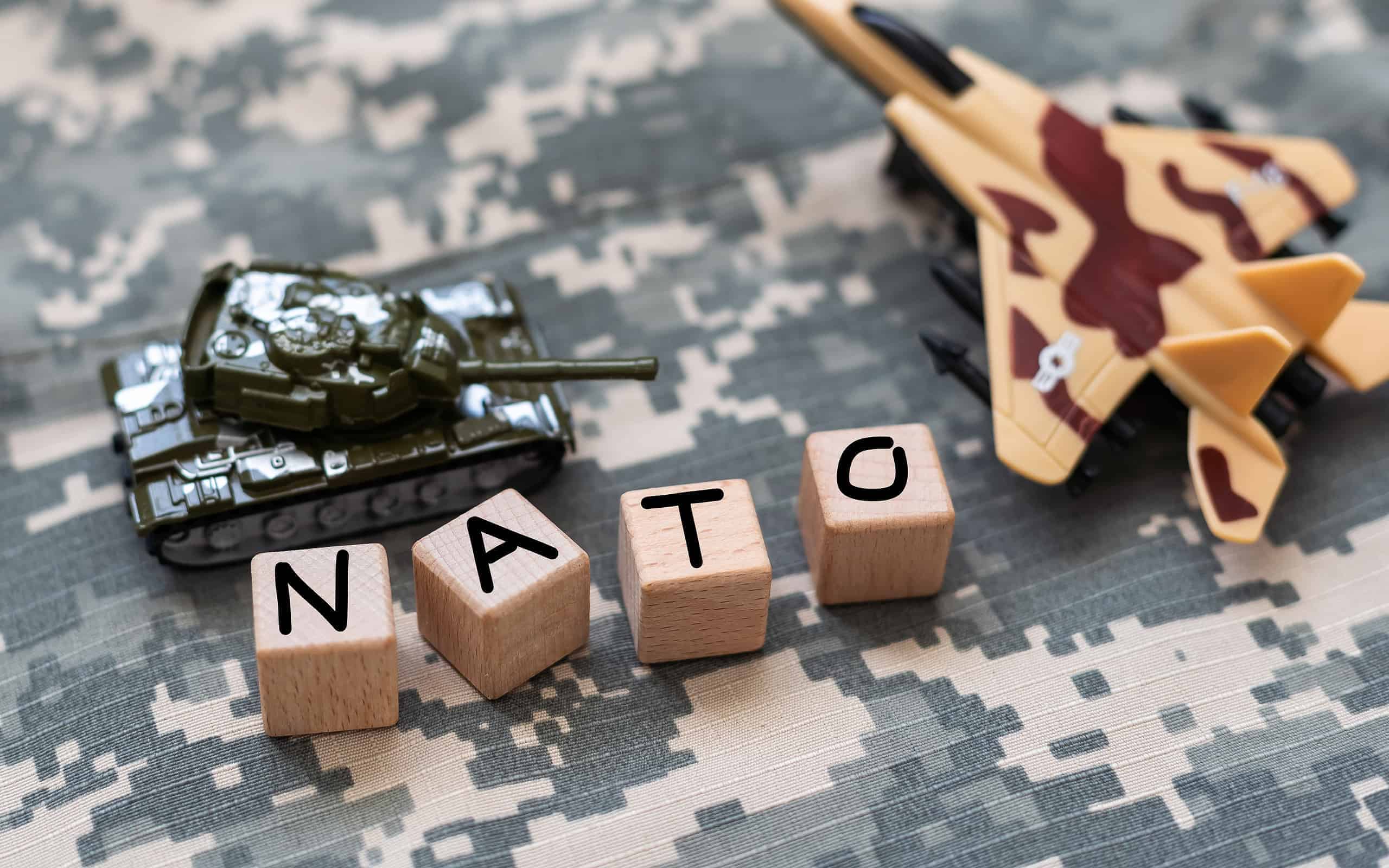

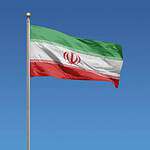
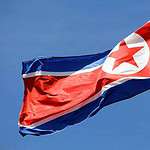

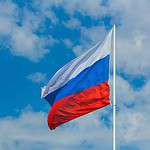


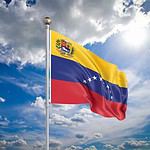
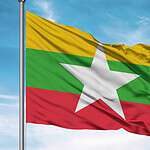

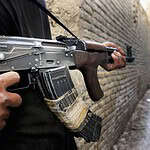

Historical US Weapons Embargoes That Are Still in Place Today
The United States has a long and storied history of trade with the international community. Following the Second World War, the reach and proliferation of American arms reached an all-time high. As one of the world's leading providers of military tech and armaments, the United States is usually an amiable trade partner.
As we'll see with today's piece, however, not everyone is on the good side of the USA.
Today, we're looking at notable weapons embargoes that are still in place between the United States and other nations.
Iran
Once upon a time, Iran served as a bulwark of sorts in the Middle East. It kept American interests in check, thanks in part to the installation of the pro-West shah. From 1955 to 1971, the United States kept Iran on a fairly loose leash when it came to arms procurement. Weapons platforms like the F-14 Tomcat were a popular choice, and one that gave an edge compared to Iran's Warsaw Pact armed neighbors.
That drew to a close with the 1978 revolution. Since 1979, Iran has been on the receiving end of sanctions and embargoes alike from the United States. That hasn't stopped weapons from coming in, as the Iran-Contra Affair would prove in the 1980s. However, ever since, the United States has remained on icy terms with Iran.
North Korea
North Korea is never what you could call a trade partner with the United States. At the end of the Second World War, Japanese-occupied Korea was divided into two distinct landmasses. The more industrialized Northern half was allied with the Soviet Union, while the more agriculturally centered Southern half lined up with the United States and its allies.
North Korea remains incredibly isolated from the international community with weapons embargoes and sanctions in place since the 1950s. This has taken a heavy toll on its industry, economy, and general standing in the region, as evidenced by a recent paper written by Yong Suk Lee.
Syria
Syria has been the target of weapons embargoes and sanctions since 1979, thanks in part to its occupation of Lebanon and its continued support of Hezbollah. This has led to the embattled country receiving massive amounts of support from both the Soviet Union and the Russian Federation in its wake.
Further sanctions have erupted since the start of the Syrian Civil War, with many in the international community applying large packages meant to freeze assets, ban travel, and so forth.
Russia
The Soviet Union, and by extension the modern state of Russia, have been the target of weapons embargoes since the end of the Second World War from the United States. This is naturally caused by the ideological war waged during the Cold War, but despite it ending has continued into the modern era.
Things took a heated turn with the Russo-Ukrainian War's outbreak, with more strict economic sanctions being imposed on the country after the unlawful invasion of its neighbor.
China
China has been the target of weapons embargoes since the tail end of the Chinese Civil War, so at least since 1949. Things did thaw for a time, especially after Nixon's historic visit to the country in 1972. However, things took a turn for the worse following the Tiananmen Square protests in 1989.
Currently, the reasons for sanctioning are related to the sponsoring and support of American enemies like Iran. This has been taken a step further with recent injustices like the Uyghur ethnic cleansing, and continued concerns about Chinese intelligence apparatuses.
Cuba
Cuba has been under an active weapons embargo since 1958, in the wake of the Cuban Revolution. Since then, there hasn't been much done to thaw the frosty relations between both countries, with subsequent measures taken to restrict trade to the Carribbean nation.
Currently, despite efforts to thaw relations between the countries during the Obama administration, sanctions and weapons embargoes have increased. As such, there is no telling when the nation of Cuba will end up back in the United States' good graces.
Venezuela
This is recent history, but still worth mentioning nonetheless. The Venezuelan Crisis got its start during the 2010s, and has since led to some historical weapons embargoes alongside other goods. The start of these sanctions came about in thanks due to American concerns with the trafficking and proliferation of Venezuelan narcotics.
Myanmar
Myanmar, formerly Burma, has been on the receiving end of a weapons embargo since the 1980s. The United States enacted a 1988 arms embargo followed by freezing assets and travel restrictions shortly after. 2012 saw most of these restrictions lifted, but in the intervening 13 years, the arms restrictions have stayed in place.
Sudan
Sudan, the final country on our list, has also been the recipient of a weapons embargo since at least 1997 by the United States. This extends further into UN Sanctions that prohibit the sale of weapons by all member states, and EU sanctions implemented in 1994.
Human Rights Concerns
Many of the weapons embargoes featured today center around concerns around human rights and terrorism alike. Giving hostile regimes the means to wage war often results in unnecessary violence, as you might imagine. That said, there is a certain amount of nuance that goes into these proceedings.
Treaties
Another reason weapons embargoes are enacted comes down to treaties with other countries. The United Nations, European Union, and other larger bodies serve as a compass of sorts for the general standing of other countries in the international community at large.
